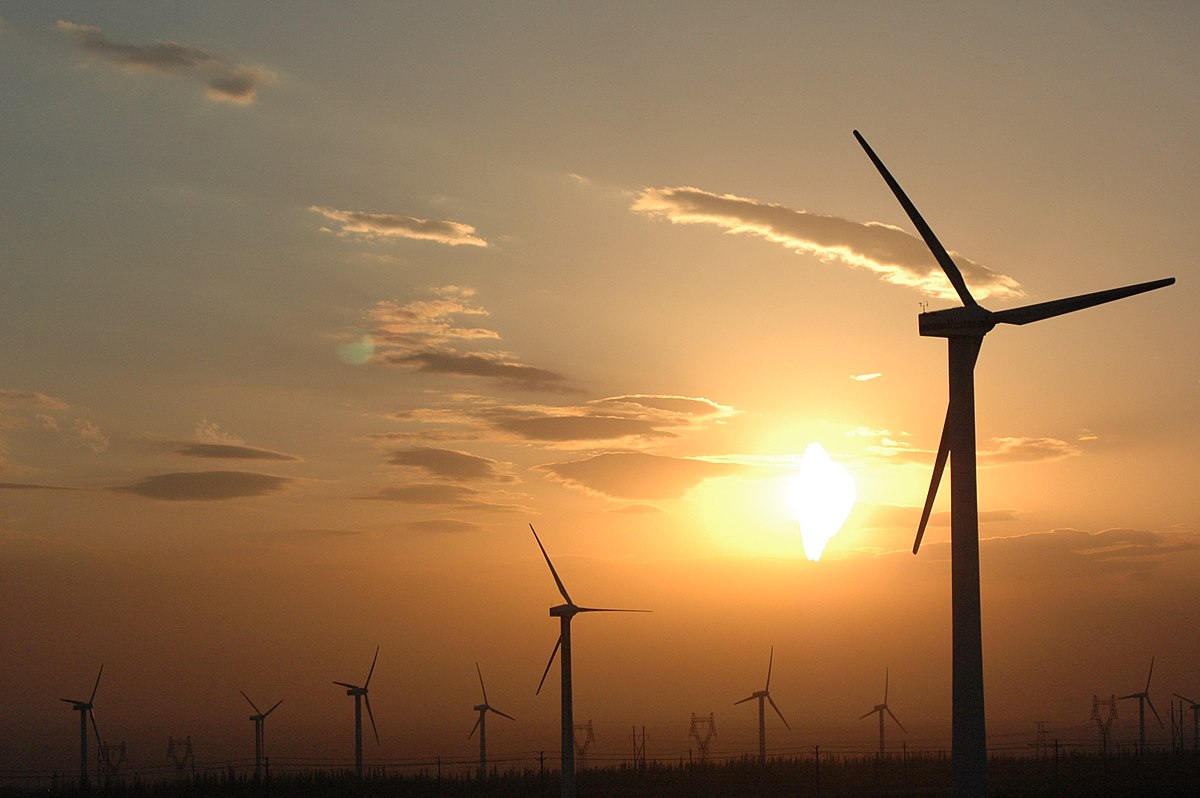International Energy Agency: wind power will prevail in Europe by 2027

This week, the executive director of the International Energy Agency spoke about the forecast of the organization’s specialists at the Global Wind Summit. According to the forecast, the wind will become the main energy source in Europe by 2027.
Currently, about a quarter of the energy that European countries receive comes from nuclear power plants, and another 20% is supplied by thermal power plants running on coal and gas. As for the wind, this source supplies only 10% of the total energy consumed in Europe.
But by 2027, the alignment will change significantly . 23% of energy will be generated using wind power plants, biogas enterprises will produce volumes of this energy source, which will generate about 20% of the total energy. Another 20% will be generated at thermal power plants, where methane will continue to burn, 20% will be provided by nuclear power plants and another 10% by dirty coal-fired power stations. As for solar energy, its share will increase to about 6-7%.
Wind will play such an important role because it is one of the most accessible resources, especially on the coast. The European Union has an excellent opportunity to receive "green" energy, gradually abandoning polluting sources of nature. In 2017 in Europe it was producedabout 15.78 MW of energy using wind power plants. According to forecasts, by 2040 this figure will increase to 200 MW.
So far, however, it is unclear how the exit from Great Britain from the European Union will affect the overall picture (if, of course, it will take place). The fact is that now the UK is one of the main suppliers of "green" energy to the European Union. In addition, a number of ambitious projects are planning to start implementing in the North Sea.
In addition to electricity, European countries will be able to produce a large amount of hydrogen, which is needed for industry. To obtain it you need a large amount of electricity, through which the electrolysis of water is carried out. If there is really a lot of energy (meaning green energy), and it becomes cheaper, then hydrogen can be obtained almost in unlimited quantities.
True, even if this scenario is implemented, another problem will remain relevant - the pollution of the environment by road transport. By 2027, many cars will run on gasoline or diesel fuel, although electric cars will spread, they will not play a major role in the transport sector. Perhaps some of the vehicles will run on hydrogen, provided that there will be a lot of it, and the cost of producing the most common element in the Universe will fall.
In principle, everything goes to that. For example, Germany last week launched a hydrogen train that does not harm the environment. The manufacturer of trains of this type states that soon some more hydrogen trains will be on the rails.
The problem of "green" energy, in particular, wind and solar, is that some countries do not have enough wind or insolation level. In addition, in some regions there are long periods when there is practically no wind or sun. All this leads to the fact that the emphasis on "green" energy while it is impossible, because the energy infrastructure should be evenly loaded. If you focus on the wind and solar energy, you will have to take care of the stability of the infrastructure at a time when the wind subsides and the sun often hides behind the clouds, or the length of the day falls sharply.
Whatever it was, but humanity has already created technologies that allow you to deal with changes in energy flow and changes in consumption. There are various ways to solve a problem that are gradually being implemented. In Australia, for example, they built a huge rechargeable station, which has already saved many millions of US dollars to the government of the state.
